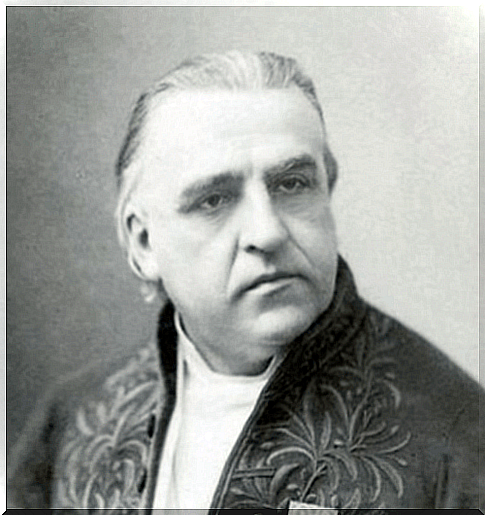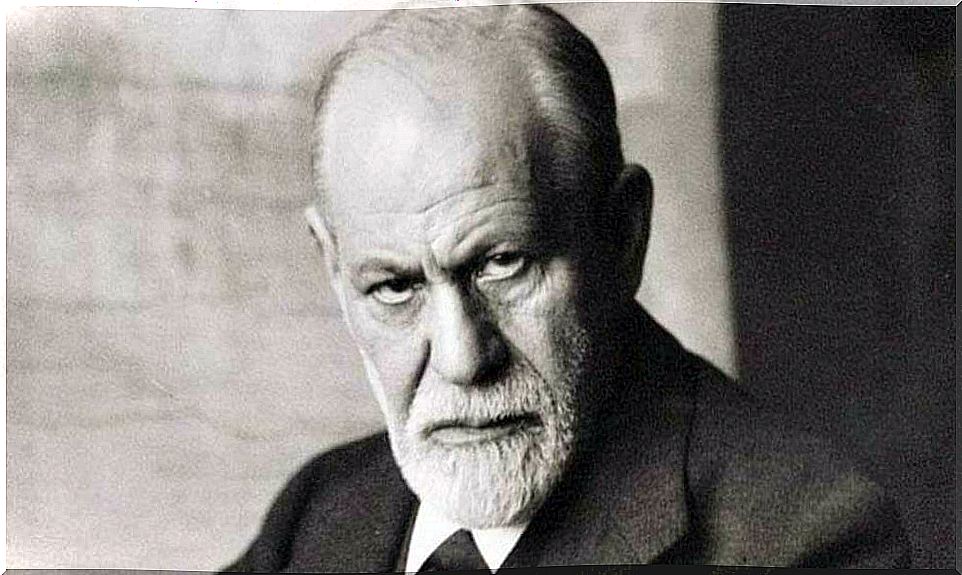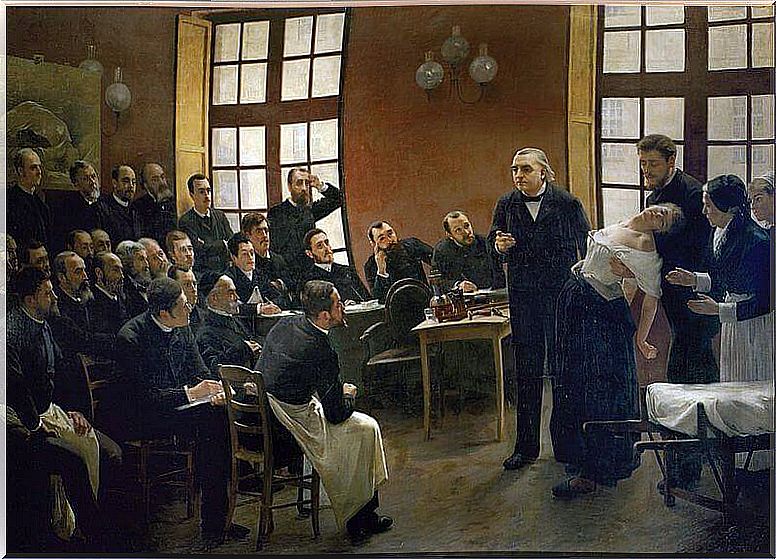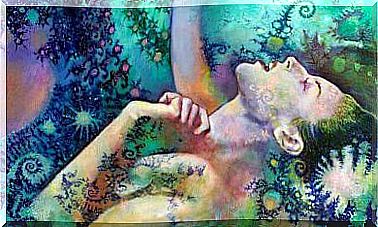Jean Martin Charcot, Precursor Of Psychoanalysis

There are many thinkers who have left traces of their passage in humanity . Jean Martin Charcot was one of these thanks to his bold ideas aimed at understanding how we work and how we don’t work.
Jean Martin Charcot was born in 1825 in Paris, into a humble family. From an early age he showed his passion for studying by revealing himself to be the best among his brothers, which is why his father allowed him to continue his studies.
He became a neurologist and professor of anatomy. He stood out for his abilities of analysis and synthesis, thanks to which he made a great contribution to psychoanalysis, becoming a real precursor.
Jean Martin Charcot and Sigmund Freud
Charcot studied medicine at the University of Paris and soon became interested in neurology. He worked for more than 30 years in the Salpêtrière, where he devoted much of his time to research. Thanks to his contribution, he is in fact considered one of the fathers of modern neurology.
In the Salpêtrière hospital he had the opportunity to visit several patients and study their bodies after death in the autopsy room. This allowed him to identify links between their symptoms and some physiological abnormalities.
It was during the time at the Salpêtrière that Jean Martin Charcot and Sigmund Freud met. At that time the hospital housed a large number of psychiatric patients. Charlot studied them and Freud learned from him.
Thus it was that Charlot exerted his influence on Freud, who was fascinated by his systematic way of working. Freud was inspired by the French neurologist in many respects, for example for the study of hysteria. This influence went further, and Freud came to assimilate his diagnostic technique as his own.

Jean Martin Charcot and his studies on hysteria and hypnosis
Most of the patients in Salpêtrière presented with hysterical symptoms. Charcot took it upon himself to analyze the disorder from a different point of view. He was the first to say that it was not a disease of the uterus, but a neurological disorder.
He also suggested that the hysteria may have been due to past experiences. So it was that he began to work on a new hypothesis for the typical symptoms of this disorder, such as paralysis, hypersensitivity, analgesia, pain without explanation and so on.
It went against the popular beliefs of many doctors of the day and went further, claiming male hysteria, especially in professionals such as railway and military engineers. It didn’t take long for Charcot to realize that the hysterical symptoms were similar to those of hypnosis.
Thus began to demonstrate that they disappeared following hypnosis sessions. According to his conclusions, they both had similar symptoms, including analgesia and paralysis. Well, at the end of his life he recognized that his theory of suggestion through hypnosis was wrong.
Despite this, his contribution was essential for neurology and psychoanalysis. In fact, it transformed neurology into a clinical specialty and made the Salpêtrière one of the most prestigious places in this field.
Charcot’s Contributions to Psychoanalysis
Charcot’s contribution to neurology is undeniable, as is the discovery of amyotrophic lateral sclerosis. But he didn’t stop there, he was also one of the forerunners of psychoanalysis:
- He conceived hysteria differently. Thanks to his new vision, Freud studied disease starting from Charcot’s ideas.
- He put forward the hypothesis that the disease could depend on past experiences. A fundamental concept for psychoanalysis and on which Freud focused much of his work was that of trauma, already analyzed by Charcot as the cause of some nervous affections.
- He approached mental disorders. His research was instrumental in the development of psychopathology, consequently of several branches that devoted themselves to the study of such disorders, such as psychoanalysis.
- The teachings to his disciple. Freud learned from his great teacher Charcot, mainly thanks to his way of investigating, analyzing and developing a diagnosis. He laid the foundations for the consolidation of psychoanalysis, although Freud later personalized it.

Although Freud learned great things from Charcot, he transformed and elaborated his teachings towards a new path for understanding mental disorders. He even created his own nosological system.
We can therefore say that Charcot was the forerunner of psychoanalysis as he inspired Freud with ideas that later helped him to refine the concept. He was an important influence on psychoanalysis, even if history does not consider him the father.









